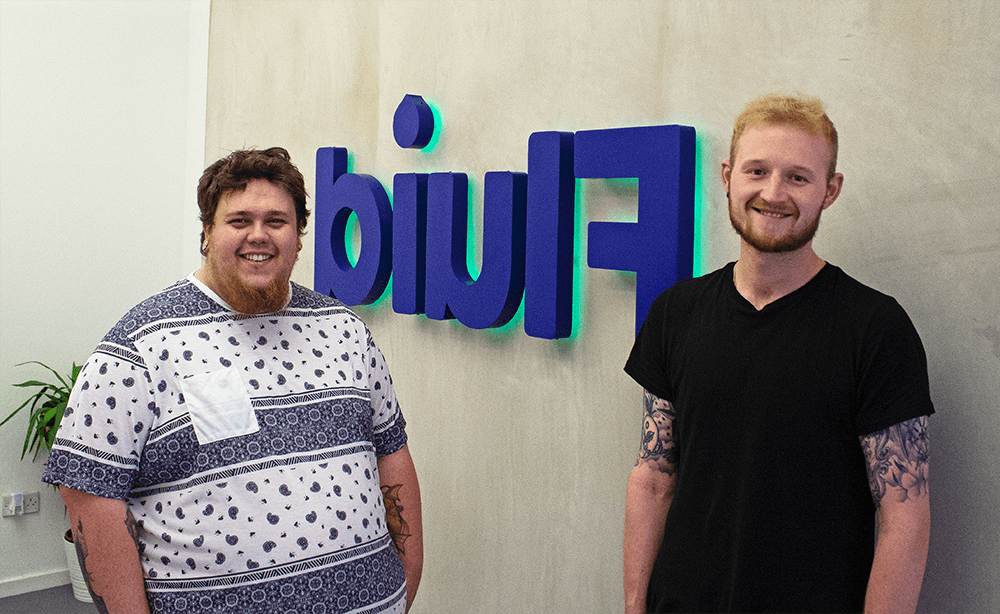
Every year in December, the SEO team at McCann Connected get together to look back at what was predicted for that year in digital and how it played out, and where we believe we should be focusing our attentions in the year ahead. We can’t ever predict the curve entirely, but one thing we find incredibly useful, for us and our clients, is making a commitment as a team to knowing the areas that will require smarter, more creative thinking, upskilling or forward planning.
So, where should you be focusing your attentions in 2020?
Here’s a rundown of our top six topics from our Organic Search Director, Radek Kowalski:
1. Get your TECHNICAL SEO foundations in shape for 2020
We’ve seen Google investing a lot in their algorithm and infrastructure to compensate for many websites’ poor technical set up, which clearly indicates the importance of having a sound technical foundation in 2020.
A good example of this is one of Google’s most recent hires, Martin Splitt - Webmasters Trends Analyst and Developer Advocate. He has spent significant time in 2019 promoting best-build practices with a focus on interactive elements driven by JavaScript framework and Progressive Web Apps.
Of course, page speed will remain an ever-increasing focus, with John Mueller (Google’s Senior Webmaster Trends Analyst) mentioning that Google may be enforcing and penalising slow loading pages more than ever in 2020. You can see this coming into play with the new Chrome “slow warning badges”, and speed reports in Google Search Console.
2. Enhance your MOBILE SEO with Responsive Design
Mobile-first is as much, if not more, important in 2020. John Mueller said the “clock is ticking” for those businesses that don’t provide good user experience in this area. Our practices will continue to focus on ensuring our clients’ can operate a fast and responsive website, built with an approach that ultimately heroes a mobile-first experience.
This is all due to Google starting the process of migrating sites to mobile-first index. It’s worth explaining here that a mobile-first index does not mean “mobile-only.” There’ ia still a single index with both mobile and desktop versions.
In 2020 we will see even more sites ranked by Google on the “mobile-first” basis.
This means there is no longer an excuse to procrastinate with mobile-friendliness, which should now be perceived as a crucial element of creating online competitive advantage. Google recommends Responsive Web Design because it's the easiest design pattern to implement and maintain.
Practically it means that if you still sport an m. separate URL mobile site setup, 2020 will be your last call to provide better user experience for your visitors and a more cohesive platform for search engines by migrating to responsive design.
“With mobile first indexing, I'd recommend integrating the mobile version just as well as you would the desktop version. …at some point all these sites with separate mobile URLs should just move to a responsive design anyway, which makes all of this moot. (Separate mobile URLs makes everything much harder than it needs to be)” John Mueller, 2019
Source: http://www.reddit.com/r/bigseo/comments/azqicc/amp_canonical_annotation/
3. Create a business strategy for E-A-T (Expertise, Authoritativeness, and Trustworthiness)
Every business needs to find its unfair advantage and identify their E-A-T (Expertise, Authoritativeness, and Trustworthiness). These are the basics of a strong marketing strategy, whether applied online or offline. And is validated by Google’s John Mueller public statement they will strongly support E-A-T in 2020.
Businesses need to shout out loud about the authority they generate, often building through events happening offline – conferences, awards, partnerships. It’s important for both customers and Google that this information is utilised online to build, prove and increase trust. This theory shines a light on companies that struggle with a poor reputation, customer service issues or a below-standard user experience, as they will fall even further behind in competing organically in search engines such as Google.
Practical pointers for 2020;
- Build relevant mentions using quality link profiles
- Manage linkless brand mentions
- Utilise social media listening to engage with your clientele directly.
- Monitor your main competitors and start a campaign to get mentioned in the same place as they are
4. Optimise your user journey with BERT algorithm in mind
The acronym has been front of mind in 2019 as the launch of Google’s new BERT algorithm hit the industry. With its incorporation into the ranking and featured snippets algorithm, it is clear that Google are striving to better match user intent to the output in SERPs.
When considering keyword research, we must understand our users’ and map intent to these keywords more than ever. In addition, when creating optimised content, we need to understand our users’ journey/path as well as access points, to ensure our onsite content placement is based on providing the best user experience possible.
For us SEOs, it means that when interacting with clients’ businesses we should explore as much business-related intel as possible, mirroring the role of a channel-agnostic Planner. Let’s try to find out the issues, attitudes and needs of our client’s customers to better understand how and where our content can be built to not just resonate, but help.
5. Expose your content intent with STRUCTURED DATA
Google is getting smarter by the day, but its algorithms don’t yet fully understand the full context of the content by default. This means using structured data is an ever-increasing opportunity to help search engines understand what is on a page, how each of the page elements relate to another, and how that page relates to other pages within the website.
It’s worth remembering that structured data isn’t only exclusive to Google as there are other data consumers like Amazon and Facebook, as well as the AI technologies that are becoming more and more prevalent.
We should become adventurous by experimenting with structured data and content which is consumed by search engines, voice assistants and chatbots, as this will help expose the intent of the content to machine learning algorithms as much as possible.
And finally, for structured data, we will be actioning Google Search Console reports of any incorrect structured data mark-up on our clients’ websites as a critical part of every SEO monthly workflow.
6. How to get your content better tuned to VOICE SEARCH in 2020
It seems that going into 2020 Google is almost downplaying hype around Voice Search and is driving attention to the fact it’s just another way to interface with search, and that is how we should look at it.
What can businesses do in the meantime? We would advise to consider the following areas which will help us get ready for the Voice Search era;
- Optimise for BERT. Be mindful that Neural matching is really Google’s inner working mechanism – but you can warm it up by writing good content
- Think about RankBrain too. After properly determining the intent behind the search queries you want to rank for, create the content to match your users’ intent in their search
- Understand the correct search intent by monitoring ranking and SERP features closely. Look out specifically for keywords for which your competitors already have a Featured snippet
- Optimise for Rich and Featured snippets which are likely to be the main source chosen by search engines to deliver the required answer via Voice interface. In the situation where zero-click searches are so prevalent, the information shown on the SERP itself is now more important than ever
- Be smart with correctly structuring your content and using structured markup in a correct and descriptive way
If you’d like to speak to McCann Connected about any of the topics covered above, you can contact Claire Richardson-Critcher on claire.richardson-critcher@mccannconnected.com









